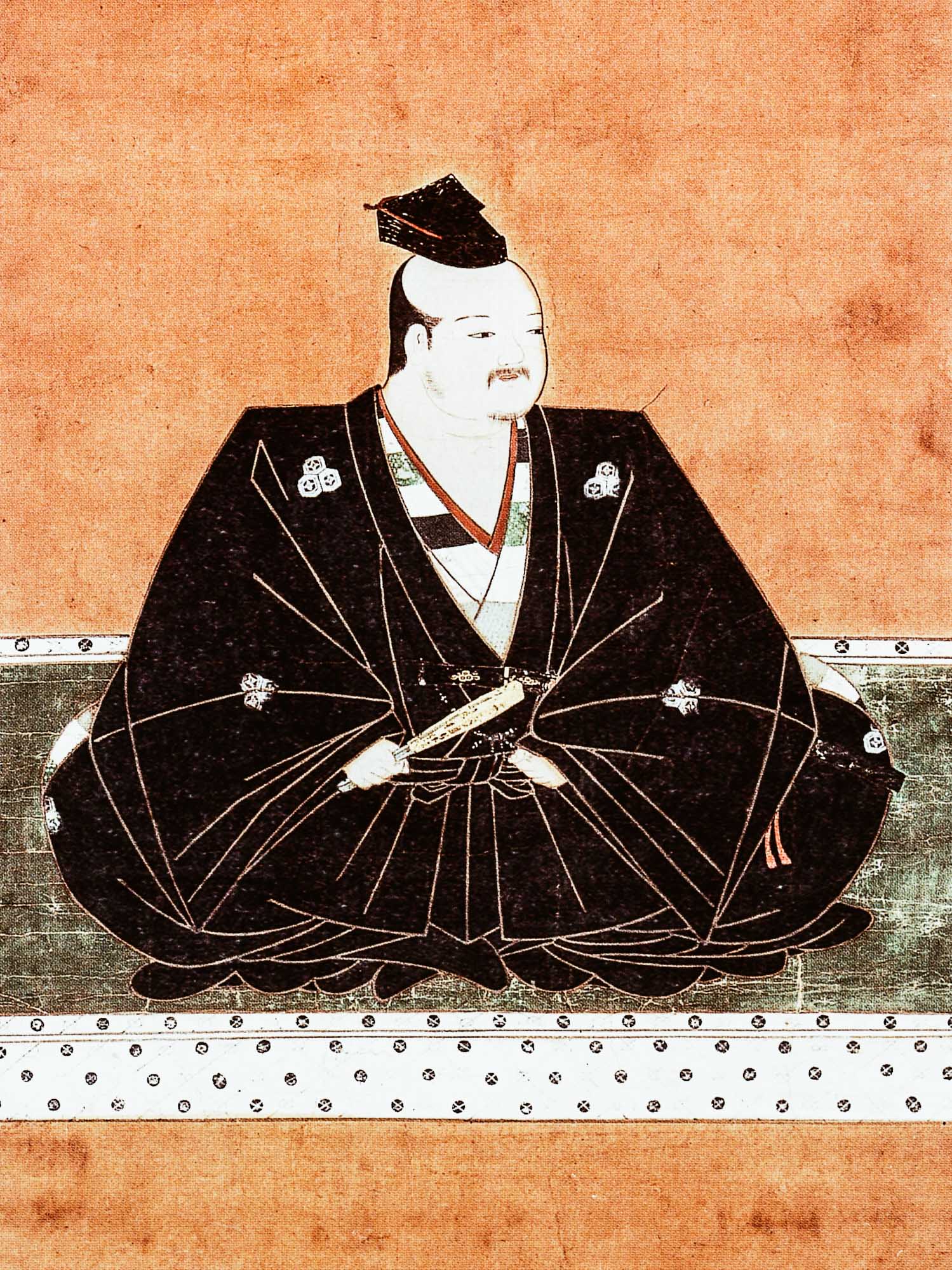Japan History: Azai Nagamasa
Azai Nagamasa (1545 – 26 September 1573) was a Japanese daimyō, son of Azai Hisamasa, from whom he inherited the leadership of the clan in 1560 when Hisamasa was forced to step down in favour of his son.
Azai Nagamasa, the head of the clan Azai
Autore: SaiKaiAngel

photo credits: wikipedia.org
Nagamasa became one of Nobunaga’s enemies in 1570 due to the Azai’s alliance with the Asakura clan, fighting against him in important battles including the Battle of Anegawa. Nagamasa and his clan were destroyed by Nobunaga in August 1573, and he committed seppuku during the siege of Odani Castle.
Conflict with Oda Nobunaga
Not only the arch-enemy of Oda Nobunaga, Azai Nagamasa also became his brother-in-law, as he married his sister Oichi in 1564. Oda Nobunaga sought to establish relations with the Azai clan because of their strategic position between the lands of the Oda clan and the capital, Kyoto.
The great conflict began when in 1570, Oda Nobunaga declared war on the Asakura family by besieging Kanegasaki castle. The Asakura and the Azai had been allies since ancient times. In this war, contrary to many who wanted to honour the alliance with the Asakuras, Nagamasa preferred to remain neutral, siding with Nobunaga. In the end, the Azai clan chose to honour their ancient alliance with the Asakura and came to their aid. Therefore Nobunaga’s army, which was marching on the Asakura lands, retreated towards Kyoto. However, within a few months Nobunaga’s forces were on the march again, but this time they marched on the Azai lands.
The Battle of Anegawa
In the summer of 1570, Oda Nobunaga returned to attack with Tokugawa Ieyasu and an army of around 30,000 men in Omi province against the Azai and Asakura. The Battle of Anegawa took place on two fronts, Oda against Azai, Tokugawa against Asakura. Although outnumbered, Nagamasa’s troops managed to hold off the Oda troops and it seemed as if victory was assured, but when Tokugawa Ieyasu came to Nobunaga’s aid after defeating the Asakuras, the situation was reversed.
Death
Over the next two years the Azai were under constant attack from the Oda, who came to besiege the castle of the capital, Odani in 1573 in the famous Siege of Odani. It is during this period that the Azai are seen to be loosely aligned with numerous anti-Oda forces, including the Asakura, Miyoshi, Rokkaku and various religious complexes.
With no way out, Nagamasa carried out seppuku in August 157e along with his father Hisamasa, sending Oichi and his three daughters to Nobunaga who decided to spare them. This did not happen with Nagamasa’s only male heir, Manpukumaru, who was executed by General Toyotomi Hideyoshi on Nobunaga’s orders.
Oda Nobunaga made sure that his sister, Oichi, was not informed of this, but she eventually came to this suspicion.
It seems that Nobunaga harboured a strong grudge against Nagamasa because of his alleged treachery, although it was he who broke the agreement first. It is also said that Nobunaga had the skulls of Nagamasa, Hisamasa and the Asakura chief lacquered so that they could be used as mugs, but this fact is not only not historically accurate, but could also be invented to further discredit Nobunaga’s reputation.

photo credits: wikipedia.org
It should be added that Nagamasa’s three daughters were of great importance, starting with the fact that they married very famous men:
- Chacha, or Yodo dono, was the second wife of Toyotomi Hideyoshi and mother of his heir Hideyori.
- Hatsu, married daimyo Kyōgoku Takatsugu.
- Oeyo, or Sūgen’in, was the wife of the second Tokugawa shōgun, Hidetada, and mother of his successor Iemitsu.
Share this:
- Click to share on Facebook (Opens in new window)
- Click to share on Twitter (Opens in new window)
- Click to share on Tumblr (Opens in new window)
- Click to share on Pinterest (Opens in new window)
- Click to share on Telegram (Opens in new window)
- Click to share on WhatsApp (Opens in new window)
- Click to share on Reddit (Opens in new window)
- Click to print (Opens in new window)






